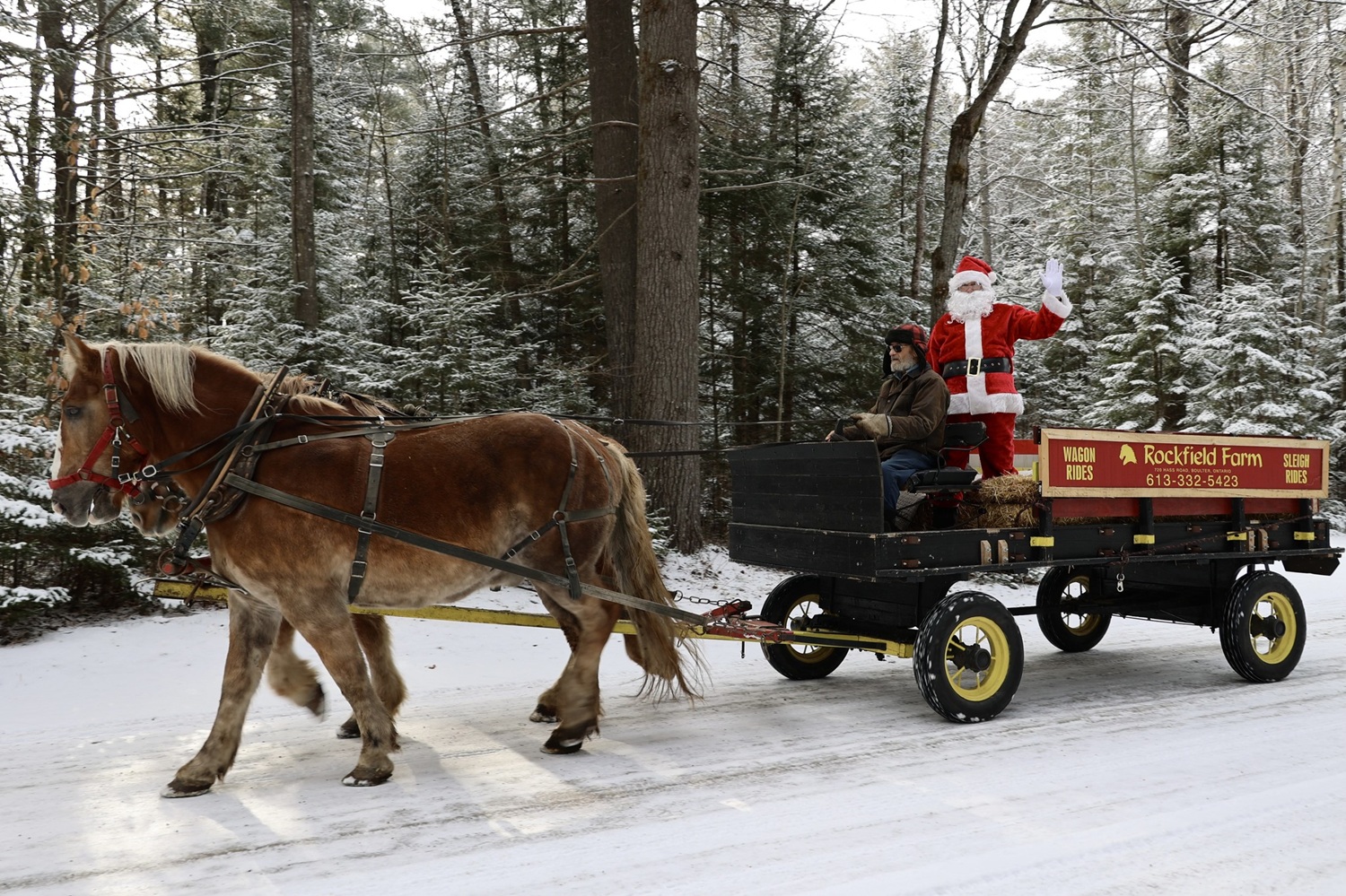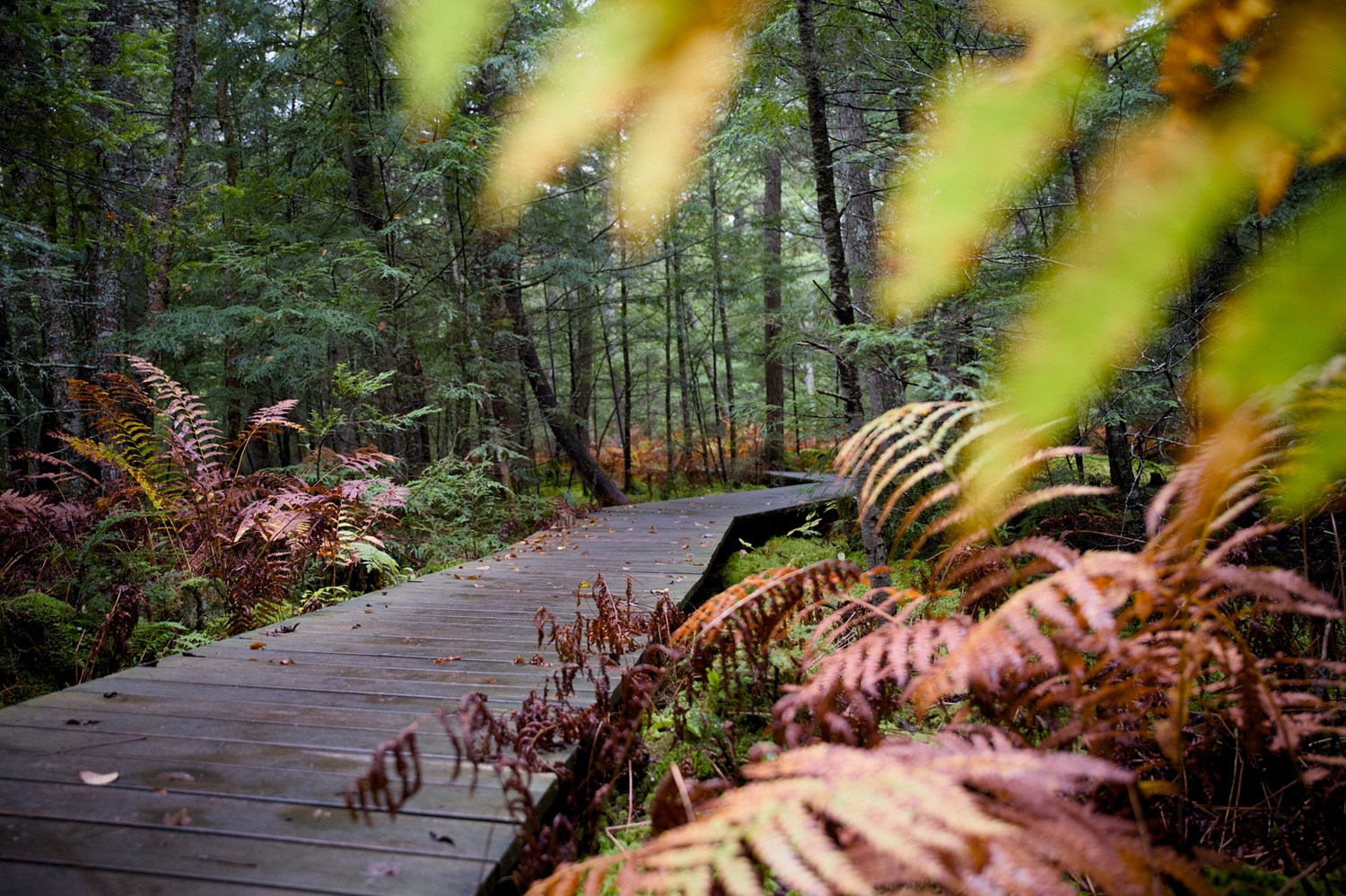It’s officially spring, which means that birds are winging their way back to our parks — and birders won’t be far behind them!
As birding becomes more popular, and with the initiation of the third Ontario Breeding Bird Atlas, we’re expecting that this will be a big year for the activity.
Whether this is your first season birding or your 91st, we know you want to act in a way that is respectful and protects our feathered park inhabitants.
If you and your binoculars are venturing into a park this season, read on for our top suggestions for ethical birding.
~
Learn from a pro
David Bree is an expert birder from the Ontario Parks Discovery Team.
Here, he explains what the Breeding Bird Atlas is, why Ontario Parks is supporting the initiative, and his tips for birders:
~
Avoid using recorded bird songs
Most bird species use songs to establish territory and attract a mate. Birders who are following scientific protocols, such as marsh bird surveys, will often use pre-recorded songs to confirm the presence of secretive species.
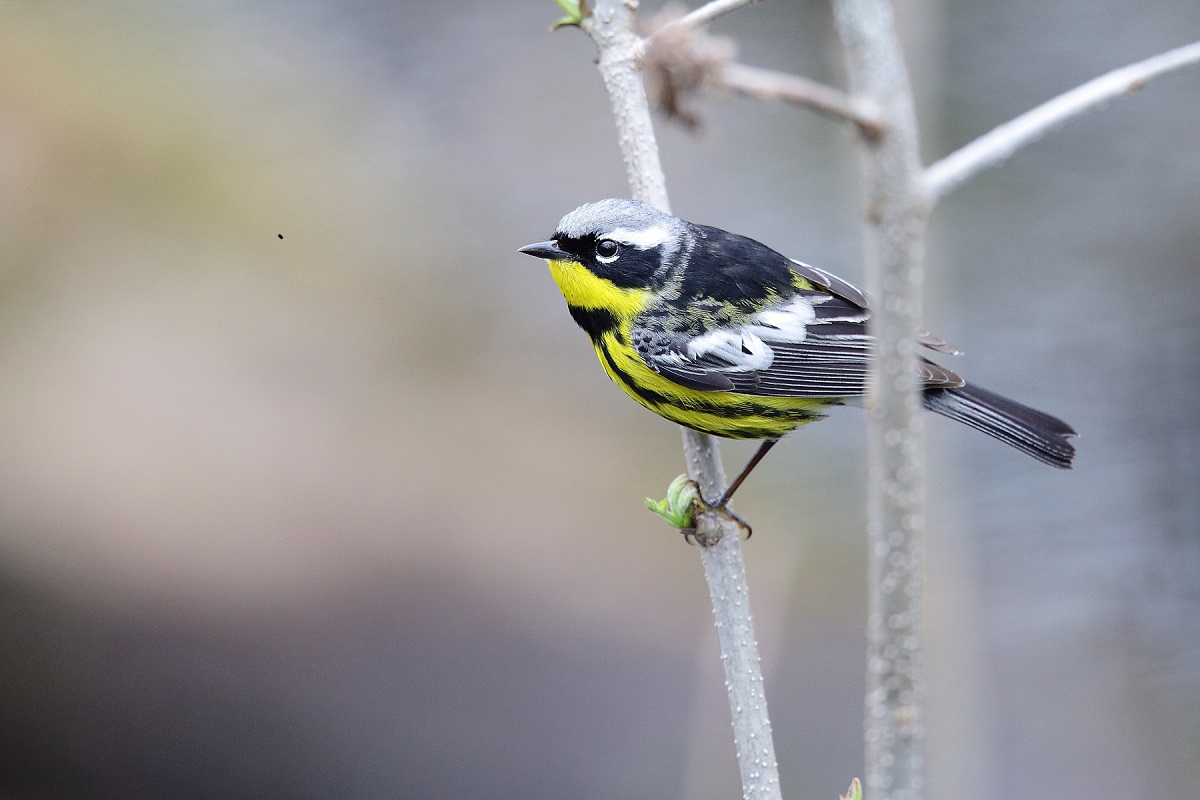
Unfortunately, playing recorded songs has the potential to stress the birds around you. They’re being forced to take time away from feeding their young and defending their nests in order to determine how much of a threat you pose.
As David mentions in the video above, overuse of recordings can even impact a bird’s survival.
If you don’t have permission from the park superintendent, don’t play song recordings in parks.
~
Give birds their space
If you’re approaching a bird for a better look, make sure you leave enough room for the bird to feel secure. Just like your fellow human hikers and birdwatchers, animals need their personal space.
This is especially true if they’re protecting their young. If the bird looks alarmed or is performing a broken wing display, you’ve come too close and should back away.
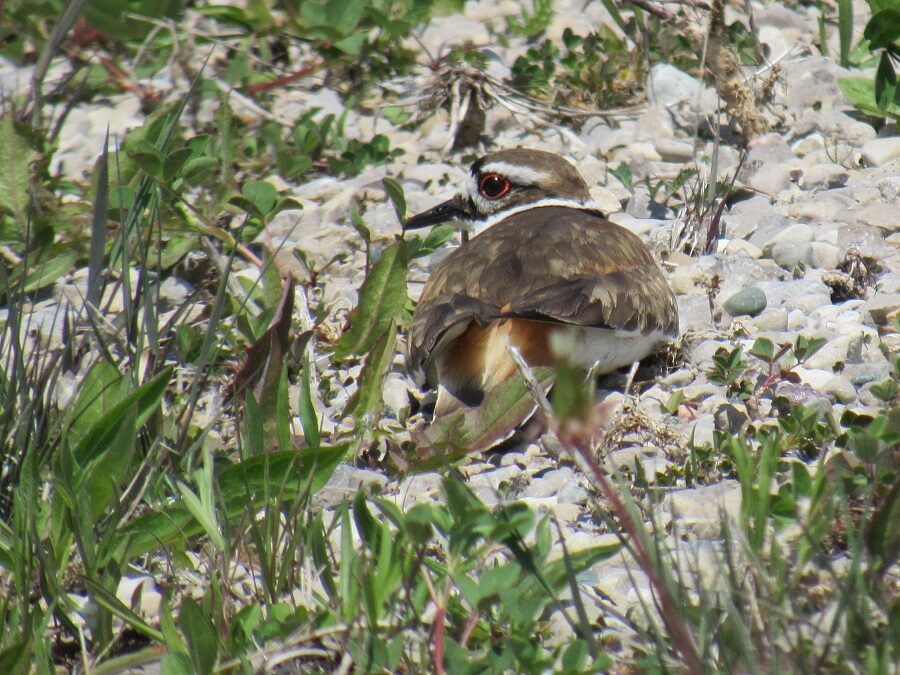
Never approach a bird’s nest during the breeding season.
Binoculars, spotting scopes, and telephoto camera lenses are all tools that can give you great views of wildlife without causing animals stress or putting them in danger.
~
Never use bait
We know it’s tempting to coax birds into the open with seeds and other treats, but bait can habituate animals to human presence, “rewarding” an animal for abnormal behaviour.
Habituation happens when an animal is exposed to a stimulus so many times, it loses sensitivity or stops viewing the stimulus as a threat.
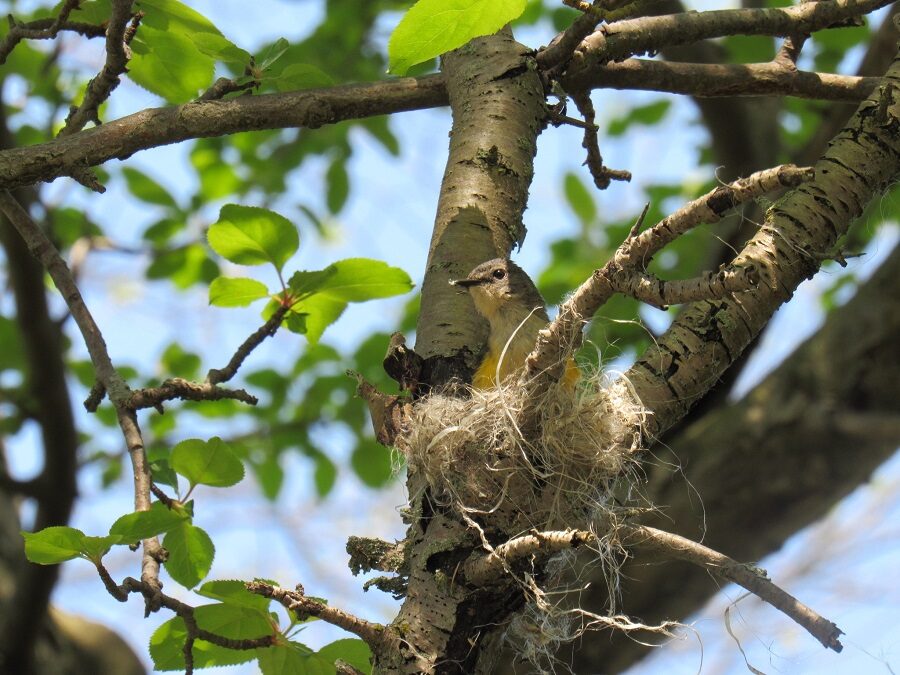
We understand you’re dying for that perfect photo, but keep the food in your pocket. It’s not worth risking the bird’s life.
Bait should never be used in provincial parks, and its use could result in a fine.
~
Stick to the trail
It can be tempting to follow an elusive song or glimpsed tail-feather into the underbrush, but there are many reasons we ask our visitors to use park trails versus heading off the beaten path.
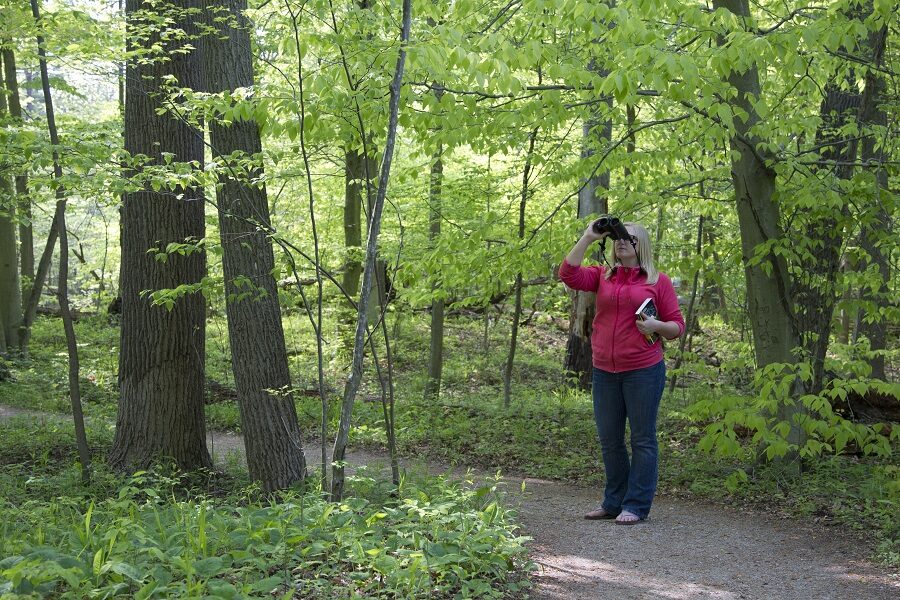
Invasive species can hitchhike on your shoes, so keeping to the trail ensures Garlic Mustard and other invaders aren’t spread to sensitive habitats.
Venturing off-trail also threatens ground-nesting birds, and risks trampling / destroying small plants and animals.
~
We’ll see you on the trails!
Birding is a fun and versatile hobby, and when it’s done thoughtfully, it can benefit both humans and wildlife.
If you haven’t already, consider signing up as a volunteer for the third Ontario Breeding Bird Atlas.
You can also help us better understand park biodiversity by reporting your sightings on eBird.ca or iNaturalist.ca.

